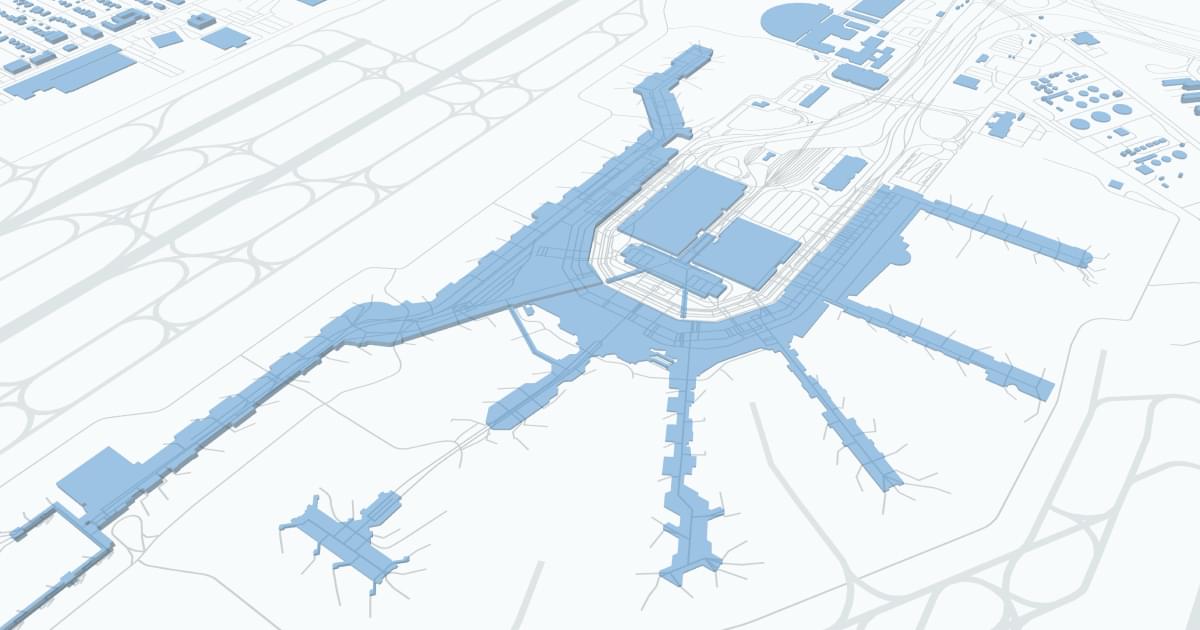

Miami International Airport (MIA), located just 8 miles northwest of downtown Miami, is a critical hub for travel between the United States, Latin America and Europe, making it one of the busiest airports for international passengers in the United States. Its strategic location near tourist attractions, major business centers and as a gateway to the Caribbean and South America underscores its importance in global air travel.
MIA is served by a wide range of airlines, including major U.S. carriers such as American Airlines, which use MIA as a major gateway to Latin America. Other airlines operating at MIA include Delta Air Lines, United Airlines and a large number of international carriers such as LATAM, British Airways and Lufthansa offering direct flights to cities in the Americas, Europe, Africa and the Middle East.
The airport consists of three terminals: the North Terminal (concourses D), Central Terminal (concourses E, F, G) and South Terminal (concourses H, J), each offering a number of amenities to enhance the travelers' experience. These include a diverse selection of restaurants ranging from fast food to fine dining, extensive retail outlets offering luxury brands, duty free and souvenirs, as well as services such as currency exchange, free Wi-Fi, lounges and spas.
For ground transportation, MIA offers a variety of options, including a comprehensive parking system with short-term, long-term and camera services; car rental facilities located at the Car Rental Center, accessible by the MIA Mover electric train; cab stands; ride-sharing services; and public transportation, including Miami Metro and buses connecting passengers to key points in Miami and surrounding areas.
MIA's importance to travelers lies in its extensive network of flights, especially to Latin America and the Caribbean, its role in facilitating international trade and tourism, and its comprehensive passenger service, making it a vital gateway for millions of travelers each year and a key factor in the region's economy.